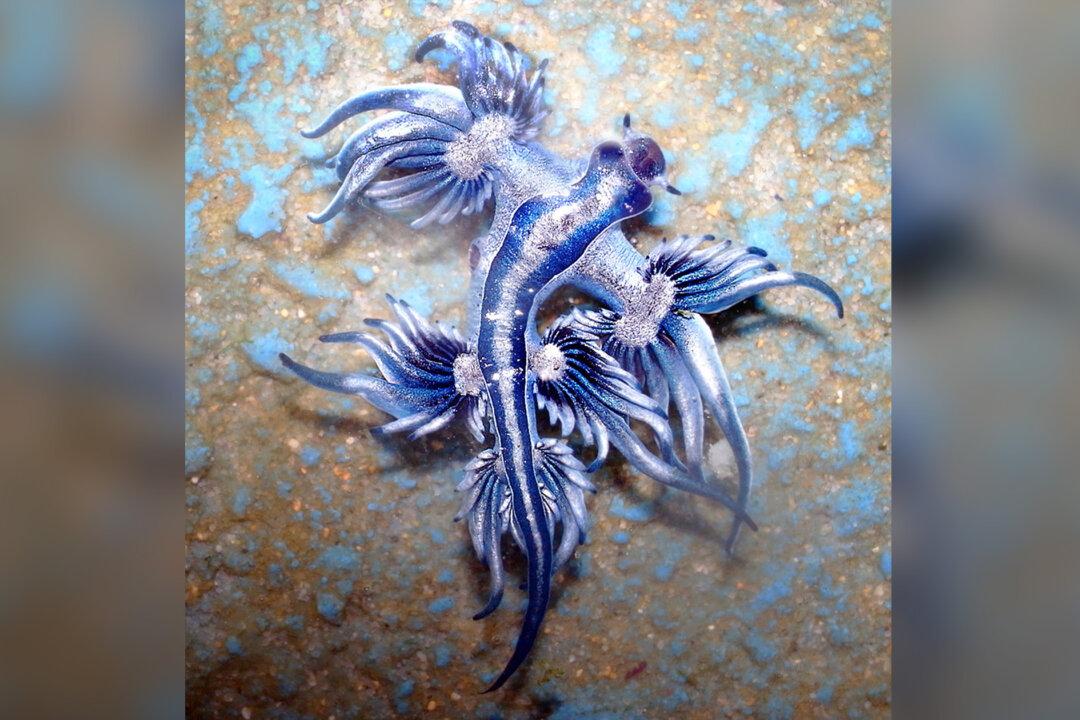The fantastically named “blue dragon” is an ocean dwelling animal which looks as impressive as it sounds. They are in fact a type of sea slug (nudibranch), but these flashy slugs boast an incredible defense mechanism that sets them apart from their garden-variety cousins.
The blue dragon—Glaucus atlanticus—has been known to scientists for over 300 years. Often ending up in rocky pools between high tides, their beauty belies a fearsome weapon.





